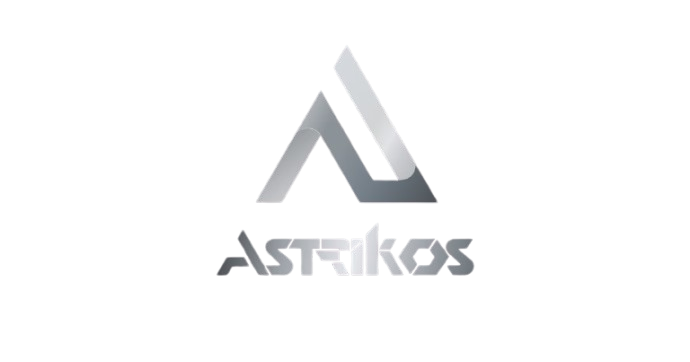Last Tuesday, I killed three meetings with a single line of code. As our company’s sustainability lead, I wasn’t focusing on installing new solar panels or switching to electric vehicles. Instead, I was finalizing an algorithm that would eliminate unnecessary cross-country flights by optimizing our quarterly planning process. Carbon savings? Nearly 75 tons annually with not a single green technology in sight.
The Sustainability We Don’t See
When people visit our headquarters, they often ask about our sustainability initiatives. They expect to hear about renewable energy purchases or green building certifications. What they don’t expect is me walking them through our process optimization dashboard, showing how we’ve cut carbon emissions by 28% just by rethinking how we operate.
The most powerful sustainability tool isn’t always a solar array or battery storage sometimes it’s a well-designed algorithm or thoughtfully optimized workflow. After a decade in corporate sustainability, I’ve learned that the most impactful changes often happen behind the scenes.
Hidden in Plain Sight: The Power of Process
Two years ago, our manufacturing team installed energy meters on production equipment to track consumption patterns. The data revealed something unexpected: our machines were running at full power during 15-minute changeovers between product lines resulting in significant energy waste.
The fix wasn’t new equipment but a simple process change: staggered shutdown sequences during transitions. This “invisible green” solution reduced energy consumption by 14% overnight, without purchasing a single piece of hardware.
In the sustainability world, we call this process optimization but it’s really just applying intelligence to eliminate waste that never needed to exist in the first place.
The Technical Edge of Invisible Sustainability
- Real-time data streams from embedded IoT sensors monitoring energy, water, and material flows
- Machine learning algorithms that detect patterns humans might miss
- Digital twins modeling alternative processes before physical implementation
- Predictive analytics identifying optimization opportunities before waste occurs
At one client’s distribution center, we deployed ML algorithms that analyzed weather patterns, inventory levels, and transport schedules. The system dynamically adjusted cooling systems and loading dock schedules, reducing energy consumption by 21% while improving throughput by 7%.
Where Process Meets Profit: The Business Case
The beauty of invisible green lies in its economics. Unlike many sustainability initiatives requiring significant capital investment, process optimization often delivers both environmental and financial returns immediately.
A food processing plant I consulted for implemented real-time monitoring of their clean-in-place systems. By optimizing cleaning cycles based on actual soil load rather than fixed schedules, they:
- Reduced water consumption by 680,000 gallons annually
- Cut chemical usage by 38%
- Saved 4,200 production hours previously lost to unnecessary cleaning cycles
The ROI was measured in weeks, not years proving that sustainability and profitability can be perfectly aligned.
The Code That Saves Carbon
Even software architecture has hidden sustainability implications. A fintech company I worked with conducted a comprehensive code review focused on efficiency. They discovered database queries that were unnecessarily complex and redundant.
After optimization, their server farm energy consumption dropped by 12%, representing about 1,500 tons of CO₂ annually equivalent to removing 300 cars from the road. The customer experience actually improved with faster response times, yet this massive sustainability win would never be visible to users.
Making the Invisible Visible
The challenge with process optimization is measurement. How do you demonstrate its value when the results are fundamentally about what didn’t happen?
Modern approaches include:
- Carbon avoidance accounting that quantifies emissions prevented
- Process efficiency metrics that translate into carbon equivalents
- Internal carbon pricing that monetizes optimization benefits
These tools help sustainability leaders communicate the value of invisible green initiatives to stakeholders who might otherwise remain fixated on more visible solutions.
Why This Matters More Than Ever
With increasing pressure to achieve net-zero goals, companies can’t afford to overlook the carbon reduction potential hidden in their operations. The most successful sustainability strategies combine visible initiatives that build brand value with invisible optimizations that deliver immediate results.
As resources become more constrained and regulatory pressures increase, the companies that thrive will be those that eliminate waste systematically across all processes not just those who install the most visible green technologies.
Conclusion: The Future of Sustainability Is Intelligent
The next wave of environmental progress won’t just come from what we build, but how intelligently we operate. As we continue to instrument our world with sensors and apply increasingly sophisticated analytics to our processes, we’ll uncover new layers of efficiency previously invisible to us.
For sustainability professionals looking to make real impact, the message is clear: look beyond the hardware to the hidden opportunities in your processes. The greatest environmental wins often hide in plain sight in the intelligence that guides our systems rather than the systems themselves. True sustainability isn’t always what we see it’s embedded in the countless decisions, large and small, that shape how our world operates. Invisible green may not make headlines, but it’s transforming our relationship with resources in profound ways that will ultimately determine our sustainable future.

